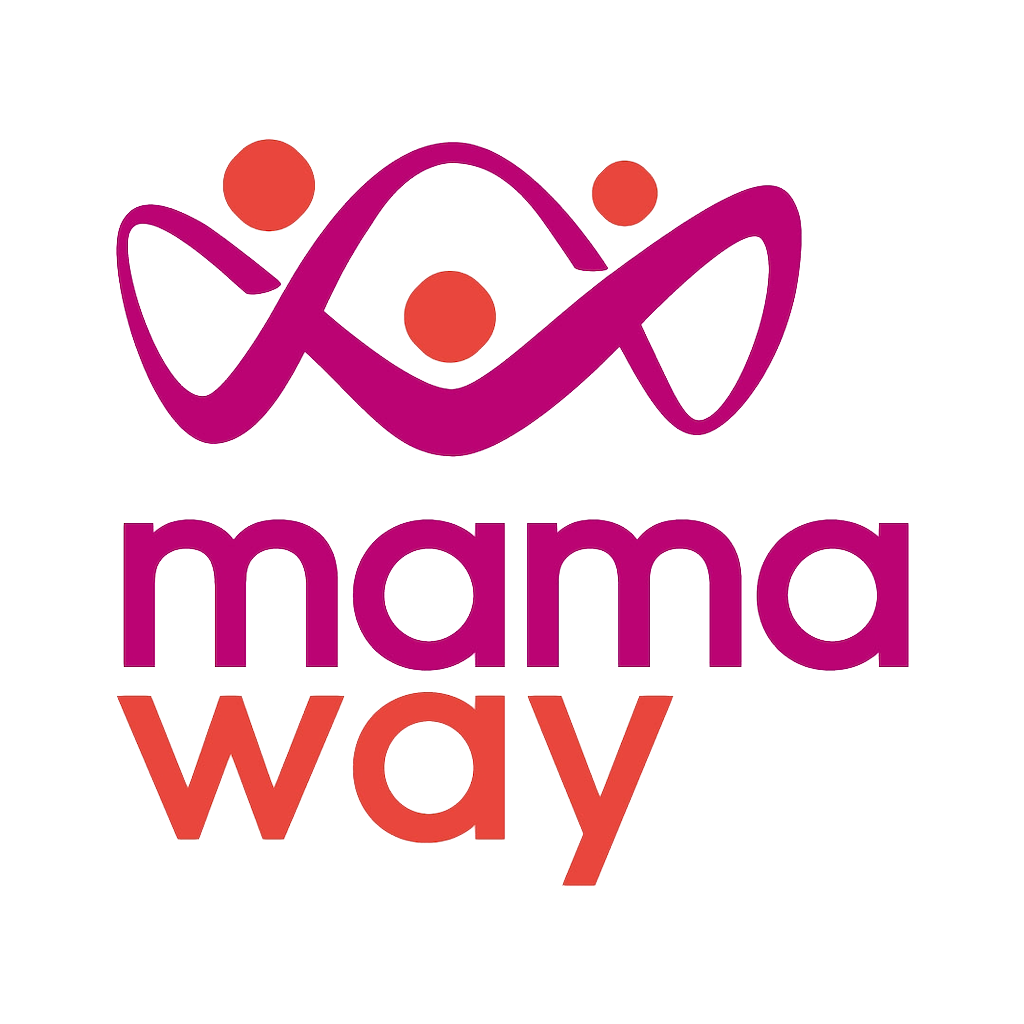You’ve nurtured your baby for nine months, and now, your postnatal body is embarking on a new journey. As you adjust to the changes, remember that your body’s transformation is part of the incredible process of motherhood. While it may take time to regain your pre-pregnancy shape, embrace the journey ahead and cherish the remarkable strength of your postnatal body.
1. Postpartum Vaginal Discharge (Lochia)
Postpartum vaginal discharge, known as Lochia, can be bloody, consisting of leftover blood, mucus, and uterine tissue. It’s common to experience heavier flow than usual during your period for the first 3 to 10 days post-delivery. We recommend using heavy-duty pads over tampons to reduce infection risks from the heavy flow. Change pads frequently initially to avoid irritations and complications, and consider wearing a belly band to help expedite recovery.
2. Swollen Body and Limbs
Your body has accumulated roughly 50% more blood and fluids to accommodate your baby during pregnancy. Immediately after delivery, you may lose 10 to 13 pounds, including the weight of the baby, amniotic fluid, placenta, and some blood loss. However, it can take days or even weeks for the remaining extra fluids to leave your body. Swelling in your neck, face, ankles, hands, and other parts of your body is normal during this time.
*Remember to drink plenty of fluids and eat foods that are rich in potassium, such as bananas, oranges, cooked spinach, cooked broccoli, mushrooms, potatoes, and cucumbers.
3. Heavy Breasts
Your breasts will produce small amounts of colostrum (yellowish precursor form of breast milk) immediately after you deliver your baby. After that, your breast milk will start accumulating, and you may begin to feel flushed, engorged, sore, and swollen in your breasts. You can start breastfeeding as soon as your newborn asks for it.
Read more articles about breastfeeding below.
- How to choose a good nursing bra for breastfeeding
- Breastfeeding – what I wish I could have told myself
- Breastfeeding Newborn Q&A
- Stable and ample breast milk supply: is that a dream?
4. After Pain Contractions
Imagine that your uterus has grown to about 15 times its pre-pregnancy size by the time you go into labour. It is normal for your uterus to start to contract and tighten to return to its original size. So, the bad news is that you’ll still experience some pelvic cramps while your uterus tries to shrink back to its normal size and location. The cramps can be most noticeable when you breastfeed and trigger the production of oxytocin. But the good news is that they usually diminish within a week or up to six weeks for long-lived contractions.
5. Pain in Your Vagina
Mums who have had a vaginal birth often experience stretching, bruising, swelling, or possibly tearing of the perineum (the area between the anus and vagina) due to the excessive force exerted during delivery. Some may have also undergone an episiotomy (an incision on the perineum to enlarge the birth canal for the baby to pass through), which can take up to 6 weeks to heal.
6. Backache and Soreness
You’re likely feeling utterly exhausted with soreness and aching all over your body after giving birth. It’s no surprise that you need time to recover. You may experience back pain as your abdominal muscles try to regain strength from overstretching. Imagine them as weak and flabby after childbirth, requiring your back muscles to help support your weight for postures like standing or sitting up, which normally rely on your abdominal strength. Wearing a belly band can support both your back and abdomen, preventing overuse of your back muscles. If your back pain hasn’t improved in 6 weeks, please contact your doctor.
7. “Baby Blues”
Anxiety. Sweats. Mood swings. You’re probably experiencing a whirlwind of emotions, feeling overwhelmed when you should be the happiest mom welcoming your beautiful baby. That’s okay; it’s entirely normal for moms to feel this way in the first few months after giving birth. Studies have shown that up to 80% of new moms report feeling depressed or irritable after delivery. With the hormonal changes, physical discomfort, and the new presence of your baby in your life, it’s crucial to give yourself plenty of time to rest and seek emotional support from friends and family to stabilize your mood.
Read more articles below.
- Mums, Get connected!
- Labour hormones… happy, hippy and horrid
- Stay at home or go back home?
- The baby breakout… stepping out for the first time
8. Varicose Veins
Varicose veins are twisted, enlarged, swollen veins that appear near the surface of your skin, often in the thighs and calves. Many women develop varicose veins after giving birth due to increased pressure on the inferior vena cava, which carries blood from the legs to the heart. Elevated progestin levels during pregnancy can also contribute to vein dilation. While varicose veins may be itchy or uncomfortable at times, they are generally harmless.
Things you can do to help prevent varicose veins during your pregnancy:
- Exercise, exercise, exercise!
- Try not to stand or sit in one position for too long.
- Avoid crossing your legs.
- Avoid wearing high heels.
- Lift your legs frequently to improve circulation.
- Sleep on your left side to relieve pressure on your inferior vena cava.
- Drink plenty of water to boost your circulatory system and prevent constipation.
9. Pelvic Floor Discomfort
You may have noticed that you start leaking urine and wetting your underwear accidentally when you cough, sneeze, or lift heavy objects. Oops, but don’t be embarrassed! This is due to your baby’s weight pressing on your pelvic floor near the end of your pregnancy. Your pelvic floor muscles weaken after holding so much weight for a prolonged period. Practice Kegel exercises to help tighten your pelvic floor muscles and prevent future leaks.
10. Postpartum Constipation
Constipation is quite common for those who have recently given birth in the first few days or weeks. Weakened abdominal muscles, dehydration, anxiety, and the side effects of painkillers can all contribute to decreased bowel movements and constipation. Many moms also worry about rupturing their C-section wound or perineum stitches if they exert too much force on their lower abdomen. However, it’s very unlikely that your stitches will rip open, and holding back from going to the bathroom will only worsen your condition. Drink plenty of water and eat a lot of fibre-rich foods to keep your bowels moving, or ask your practitioner for a stool softener to relieve constipation.
11. Your Face Looks Dull
Melasma, also known as the “mask of pregnancy,” occurs in up to 70% of moms during pregnancy. Dark patches can appear on their cheeks, forehead, and even lips due to hormonal fluctuations that may persist postpartum. Some may even experience acne or breakouts simultaneously. If you have concerns about pigmentation or discoloration on your skin, it’s advisable to consult a dermatologist.
12. You Start Losing Hair
You may begin to experience hair loss due to decreased hormone levels postpartum. However, there’s no need to worry excessively. During pregnancy, you likely noticed increased hair growth due to elevated hormone levels. The hair loss you’re experiencing postpartum is simply the shedding of the extra hair gained during pregnancy. It’s important to note that this shedding should slow down after about 3 months and return to normal. If you’re still experiencing significant hair loss three months after giving birth, it’s advisable to consult your doctor.




Leave a Reply